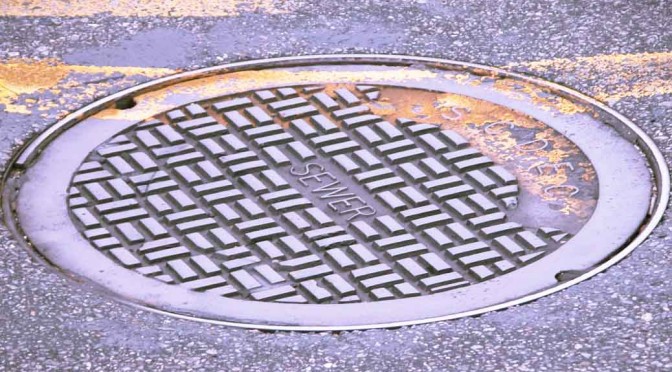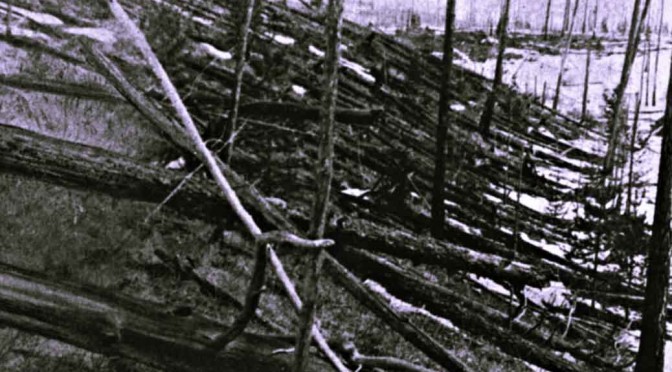By Anupum Pant
Edit: The first man-made object to cross the boundary of space (100 km above the sea level, or the karman line) a Nazi German V2 rocket on October 3, 1942. – As mentioned by Scott and Adolf in the comments.
Background
Odd, I know. Teachers would say Sputnik was the first ever man-made object to orbit earth, but there is a slight possibility that Sputnik might not have been it – it could have been a humble manhole cover (not so humble, read on).
Back in the year 1956 (or summer of 1957, but definitely before the launch of Sputnik which happened on 4th October 1957), scientists at Los Alamos were learning to contain a nuclear explosion. To find out, they decided to do a much much larger version of the fire-cracker-in-a-can trick…
I’m not sure if they were doing it out of a desire to loft objects in space using a novel nuclear bomb propulsion, or it was something else, it sure was madness.
The mad experiment
In a 500 feet long and 4 feet wide vertical cylindrical tunnel, they put a nuclear bomb. The top of this tunnel was sealed using a 4 inch thick man hole cover (on steroids). The lid weighed about 2 tons! They were sure that even the 2 ton lid would blow off like feather due to the nuclear explosion. However, they weren’t sure on exactly how fast it’d travel up. To measure the speed, high-speed cameras were placed near the opening.
The bomb was detonated. Some say that the high speed cameras were only able to capture the image of the lid in a single frame. Which by the way could also contribute to an enormous error margin in the speed calculation. Nevertheless, the speed was of the lid at which it flew up in the air was calculated to be 41 miles per second – approximately 6 times the escape velocity! Never before had any man made objects moved at that speed inside the earth’s atmosphere. The lid went. It was never seen again. No one knows where it is now.
It’s highly likely that the lid was burned up and never reached Space. Or, may be it did reach some place and then dropped back. Again, must have got burnt during re-entry. Nothing can be said for sure.
Another thing that could have happened is that the lid went on and started orbiting the earth – highly unlikely, still. It’s probably still floating up there. And if things weren’t worse already, think of this – the first man-made object ever to orbit the earth was a manhole cover? Or, the fastest man-made object ever to travel inside the earth’s atmosphere was a manhole lid? Damn!


